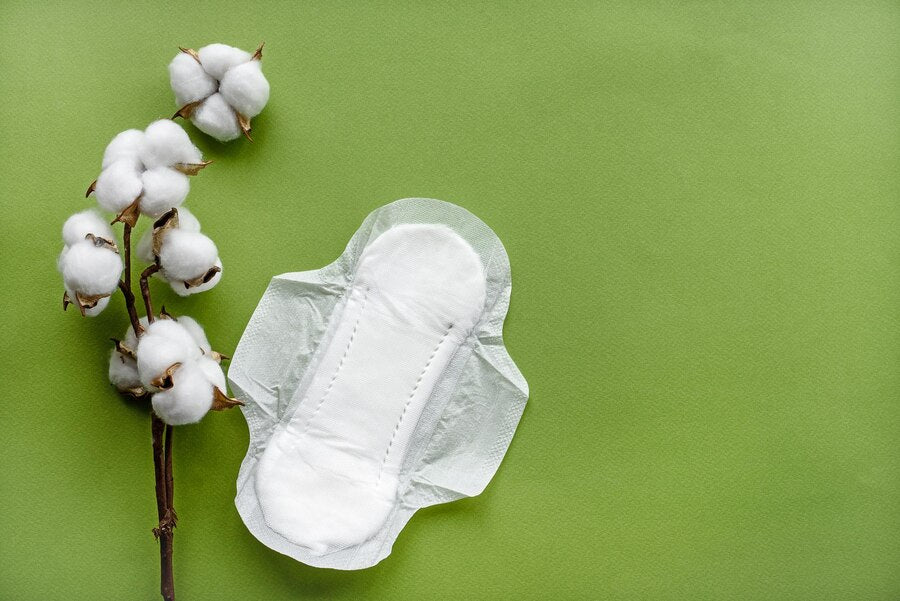Are You Disposing of Sanitary Pads the Right Way?
Sanitary pads are an essential part of menstrual hygiene, but improper disposal can lead to environmental pollution and hygiene issues. Many people simply wrap and toss their pads in the trash, but is this the right way? And what about biodegradable pads—do they exist? If you’ve ever wondered about the correct way to dispose of different types of sanitary pads, this guide will give you the answers.
Proper Ways to Dispose of a Sanitary Pad
To properly dispose of a sanitary pad, follow these steps:
- Wrap It – Use the wrapper of the new pad, toilet paper, or a disposal bag to wrap the used pad securely.
- Throw It in the Trash – Never flush pads down the toilet, as they can clog sewage systems.
- Use Biodegradable Options – If you use organic pads, check if they are compostable and dispose of them accordingly.
- Eco-Friendly Disposal Bags – Some brands offer biodegradable disposal bags to reduce plastic waste.
- Proper Bin Selection – Use a trash bin with a lid to maintain hygiene and reduce odor.
Why Proper Disposal Matters
Now that you know the basics, let’s explore why this matters. Improper disposal leads to waste accumulation, pollution, and even health hazards. But did you know that different sanitary pads have different environmental impacts? Let’s break it down.
Can Sanitary Pads Biodegrade? Understanding Different Materials
Sanitary pads consist of multiple layers, and their biodegradability depends on the materials used:
1. Plastic-Based Pads (Conventional Pads)
- Made from polyethylene (PE) covers, synthetic absorbent cores, SAP (Super Absorbent Polymer), adhesives, and release paper.
- Biodegradable? ❌ No. These materials take hundreds of years to break down.
- Best Disposal Method? Wrap and throw in a general waste bin.
2. Organic Cotton Pads (Eco-Friendly Option)
- Made with organic cotton, some biodegradable plant-based layers, and minimal plastic.
- Biodegradable? ✅ Partially. Organic cotton can degrade, but adhesives and SAP components are not biodegradable.
- Best Disposal Method? Check if the brand certifies composability. If not, dispose of it in general waste.
3. Fully Biodegradable Pads (Sustainable Option)
- Made from organic cotton, plant-based back sheets, and biodegradable absorbents.
- Biodegradable? ✅ Yes. These pads decompose much faster than traditional ones.
- Best Disposal Method? Compost if certified; otherwise, use a biodegradable waste bin.
4. Disposable Period Panties
- Contain multiple layers, including synthetic fabrics and absorbent polymers.
- Biodegradable? ❌ No, they contain non-biodegradable materials.
- Best Disposal Method? Wrap and throw in a trash bin.
The Environmental Impact of Sanitary Pads
Most traditional sanitary pads take 500–800 years to decompose because of the plastic content. With billions of pads used globally each year, improper disposal contributes to landfills and pollution.
Organic pads, like HappieMoon’s organic cotton pads, use biodegradable materials but still contain SAP, release paper, and adhesives, which are not fully compostable. This means that while some parts decompose, others remain as waste.
Are There Fully Biodegradable Sanitary Pads on the Market?
Yes! Some brands are creating 100% biodegradable sanitary pads using natural plant fibers, but they are not widely available. If you want an eco-friendly option, choose brands that use compostable materials and minimal plastic.
Best Practices for Eco-Friendly Disposal
Want to make your period routine more sustainable? Here’s what you can do:
- Use Organic or Biodegradable Pads – Reduce waste by choosing pads made with natural materials.
- Check for Compostable Options – Some brands offer fully compostable pads. If yours is compostable, dispose of it accordingly.
- Avoid Flushing – Even biodegradable pads should not be flushed, as they can still block pipes.
- Use Disposal Bags – Biodegradable disposal bags reduce waste and control odor.
- Consider Reusable Alternatives – Menstrual cups, cloth pads, and period underwear are great sustainable options.
Conclusion
Disposing of sanitary pads correctly is crucial for hygiene and the environment. Most conventional pads are not biodegradable, but organic options like Happie Moon’s organic cotton pads offer a better alternative. To reduce waste, consider biodegradable pads, compostable options, or even reusable period products. A small change in disposal habits can make a big difference!

